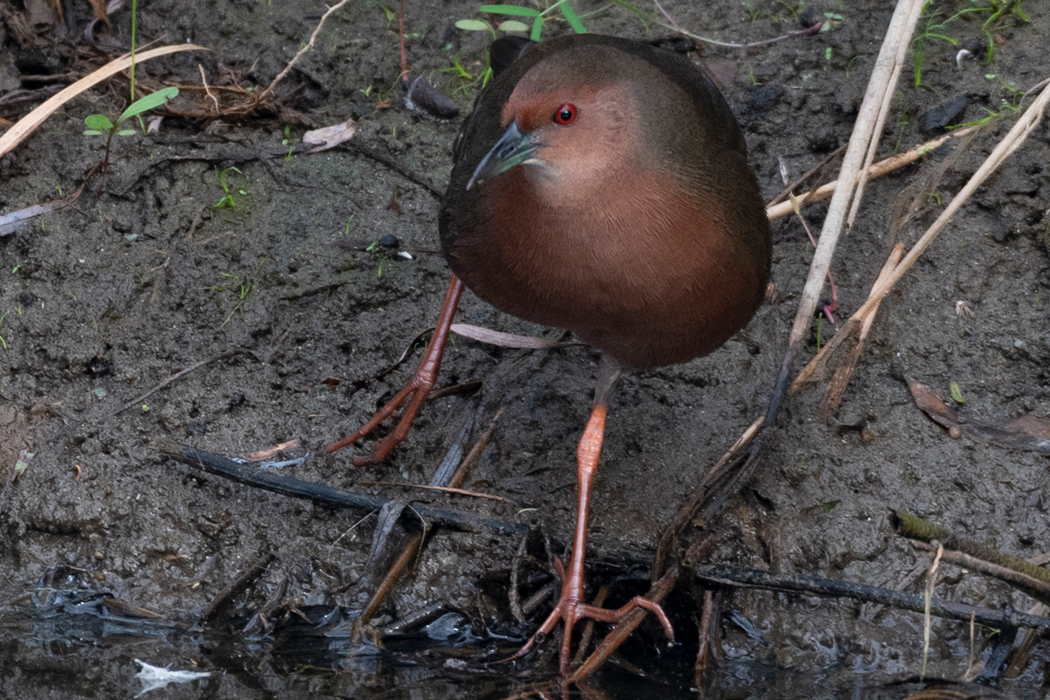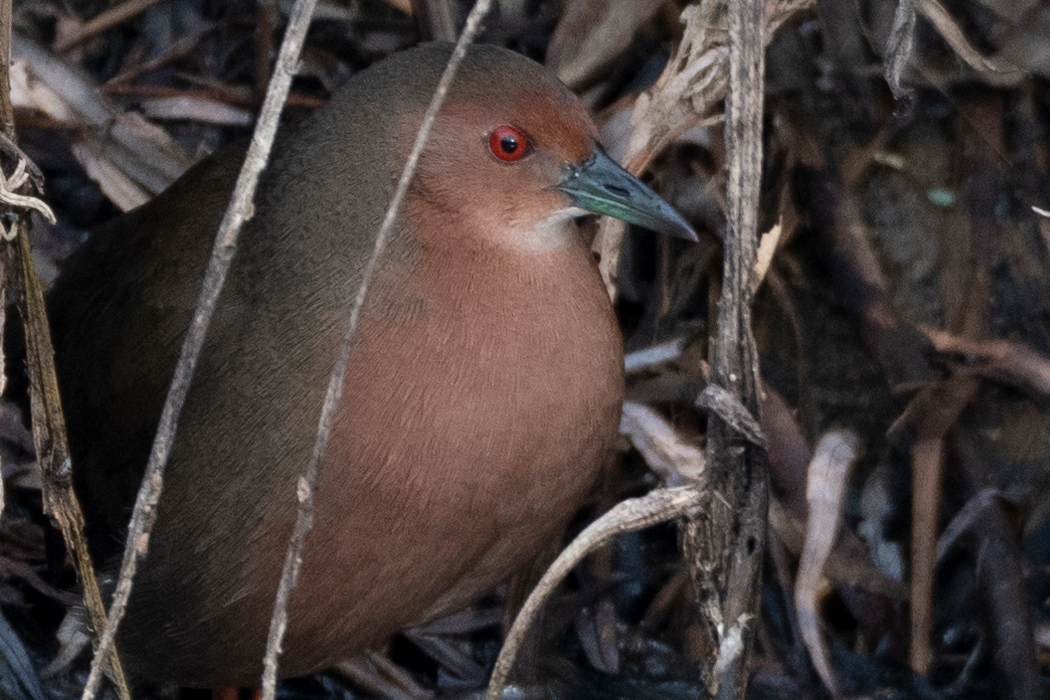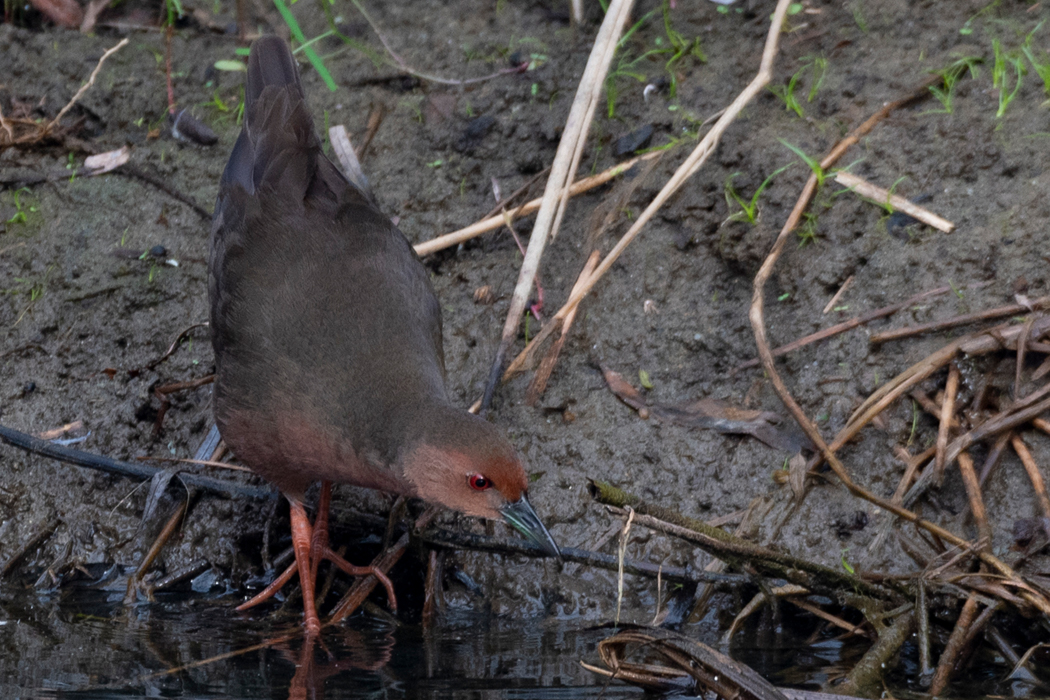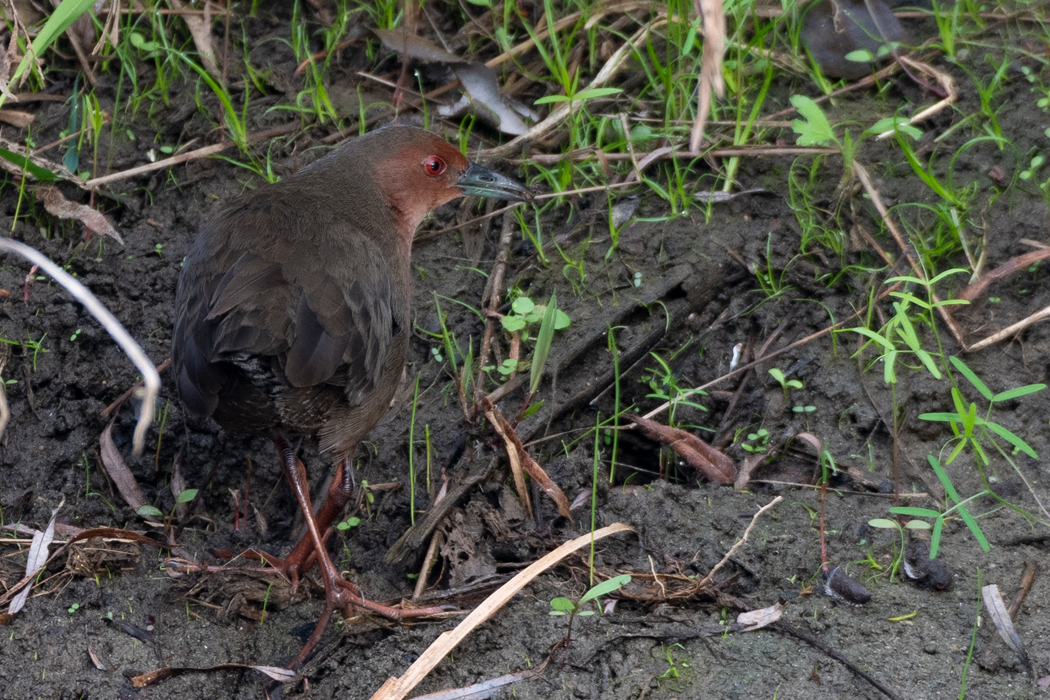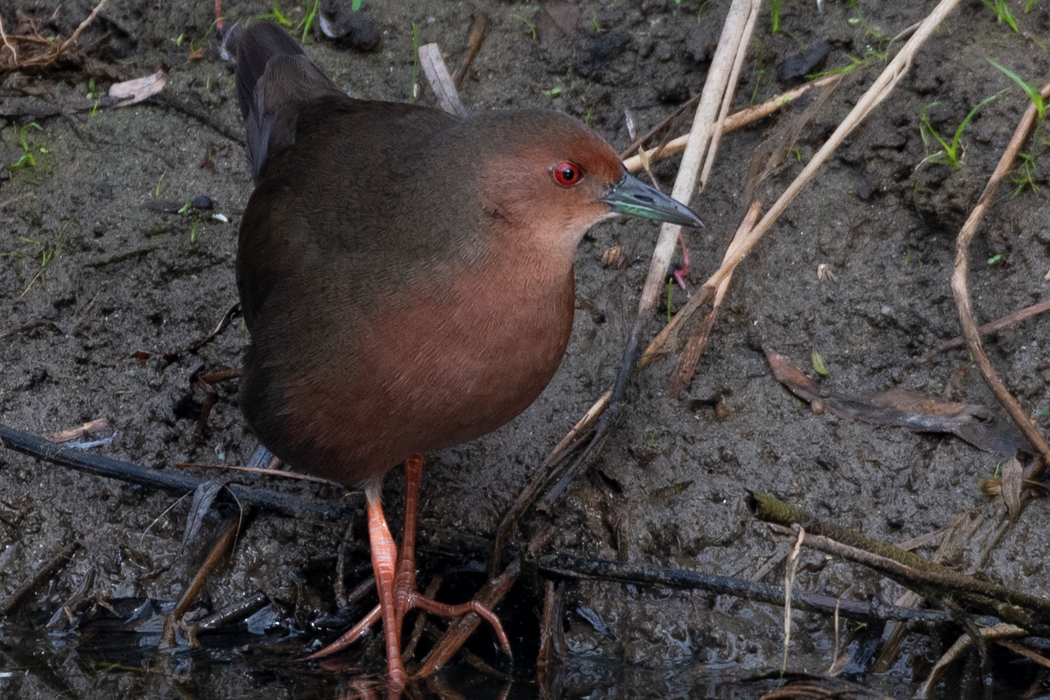
Ruddy crake
Scarlet crake
| Scientific name | Zapornia fusca |
| English name | Ruddy crake |
| Japanese name | 緋水鶏 |
| Classification | Aves |
| Classification details | Gruiformes Rallidae |
| Full length | 19-23cm. |
| Distribution | Distributed throughout Japan |
Characteristics
A rail that is slightly smaller than a rail and belongs to the genus Himekuina.
As its Japanese name suggests, it is reddish brown from its belly to its face. Its back is brown, its legs are flesh-colored, and its iris is red. Its bill is shorter and lead-colored than that of a rail, and the lower beak near its base appears bronze-colored.
It is designated as Near Threatened (NT) on the Ministry of the Environment's Red List.
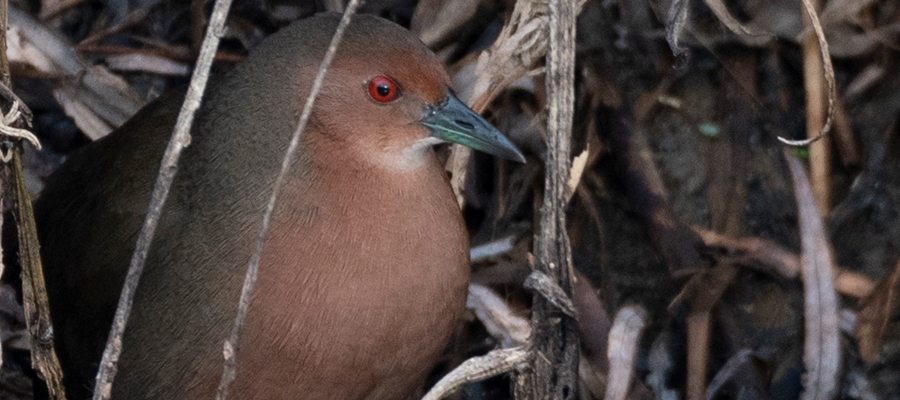
Ecology
They are found in marshes and rivers throughout Japan, but are fewer in number than rails.
They are omnivorous, feeding on small animals and seeds near water. They are very cautious, and once they enter the bushes, they are rarely seen.
Habitat
Midstream of Tama River
While observing birds near the water in the early morning of the end of October, it quietly appeared from the grass on the opposite bank. That was the first time I was able to photograph it.
It approached the water's edge and seemed to be foraging. It noticed me, but seemed relaxed, and after a while it slowly returned to the grass.
Ralls are often seen in the midstream, but very occasionally you can spot a Japanese bush warbler.
Pictures
Introducing a picture of Ruddy crake.
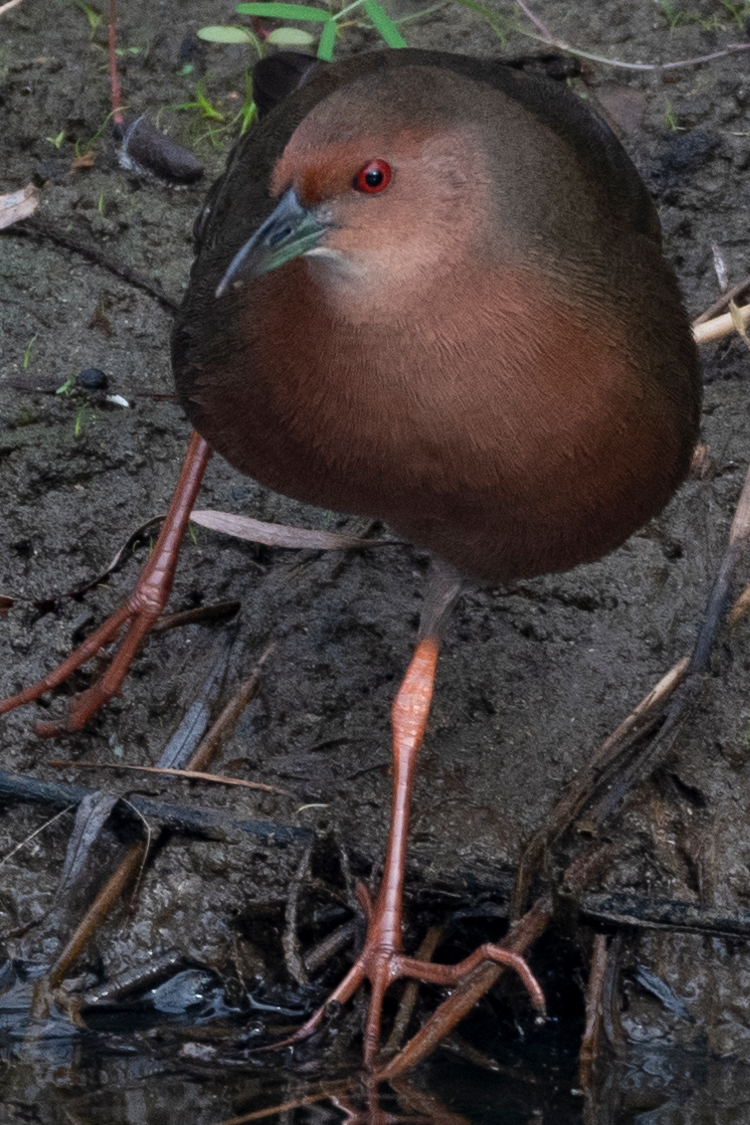
Picture book

Japanese weasel
stand on two legs and look around.......ead more.
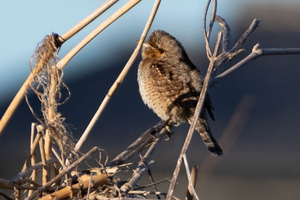
Eurasian wrynecki
Eating ants on rotting wood.......ead more.

wind flower
white flowers blooming in pairs.......ead more.
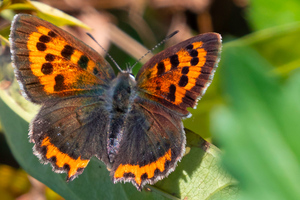
Small Copper
Bright orange with black spots.......ead more.

Spotfin burrfish
Porcupinefish with short spines.......ead more.

